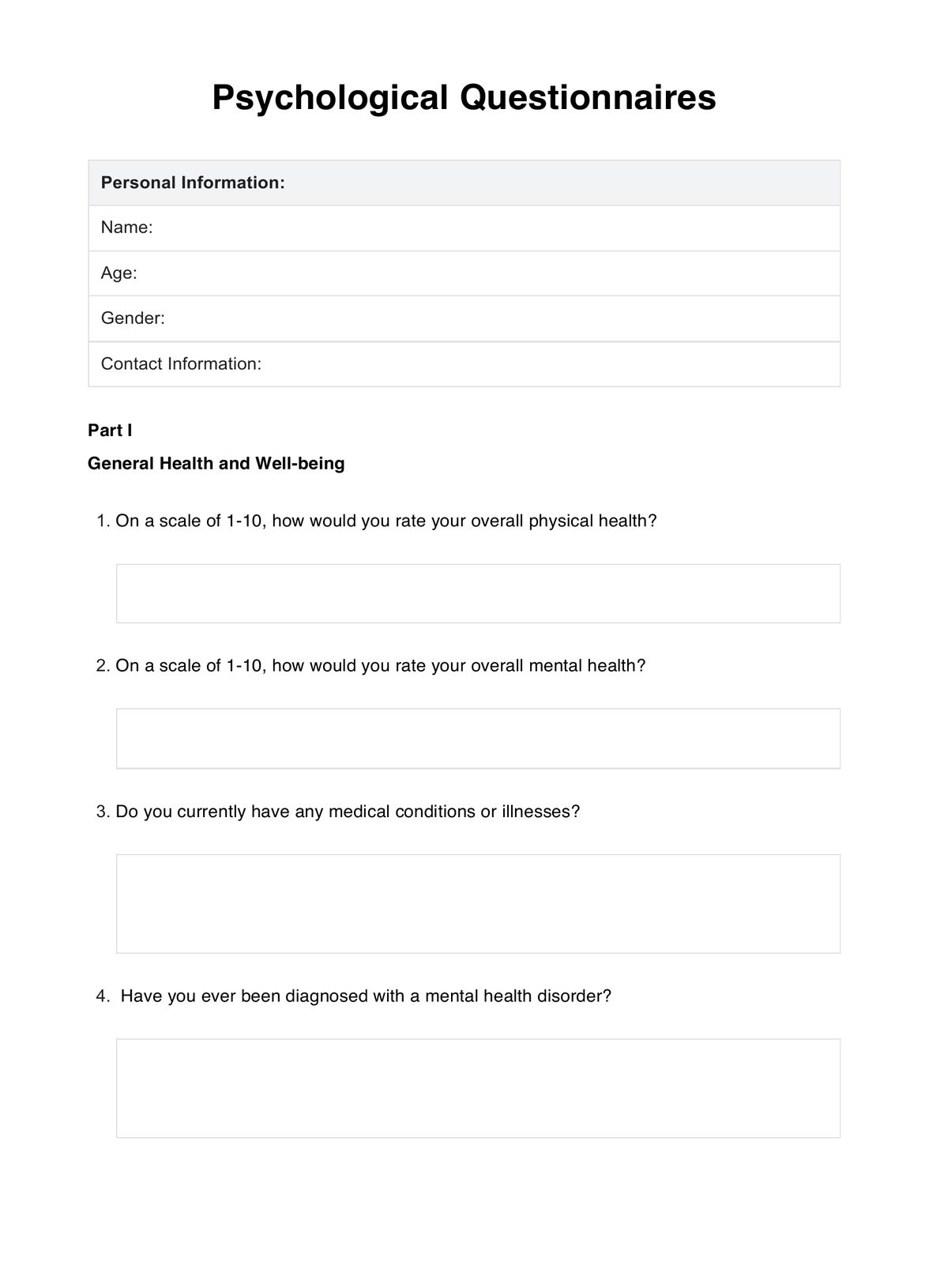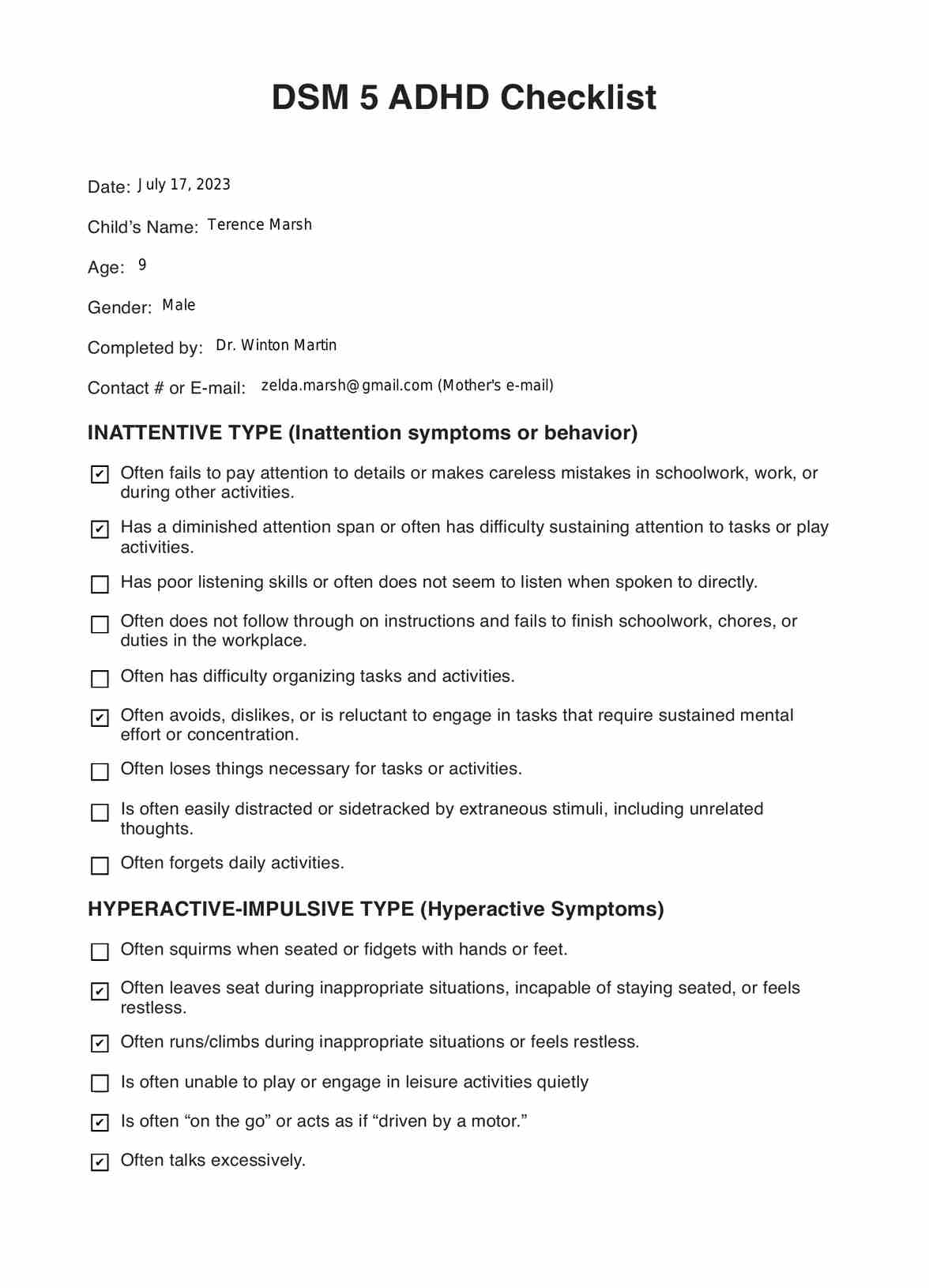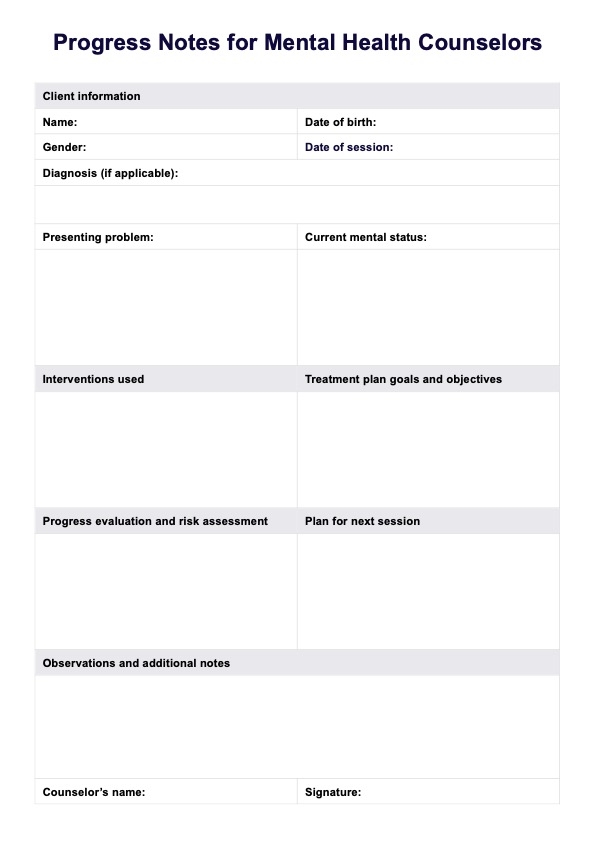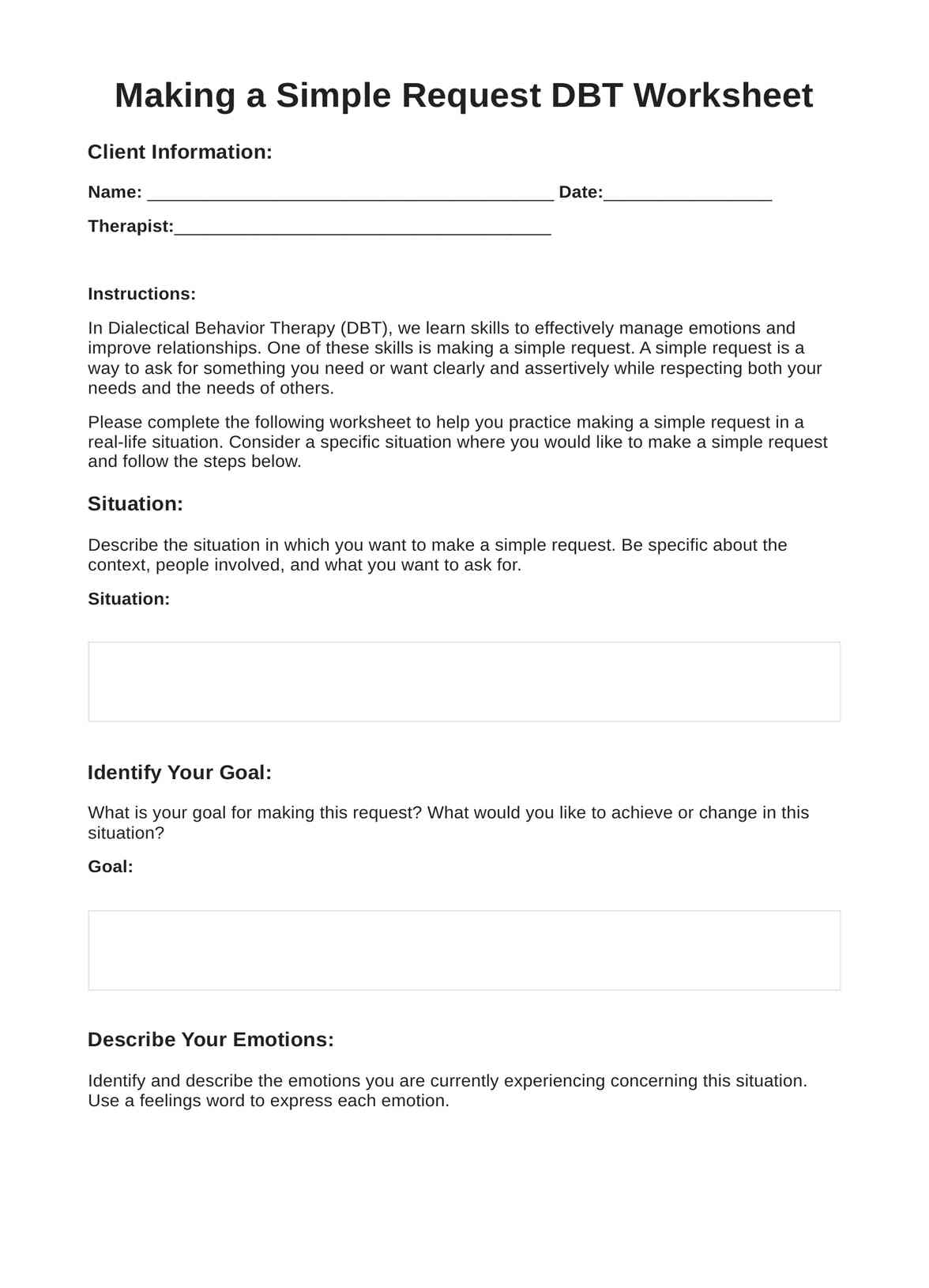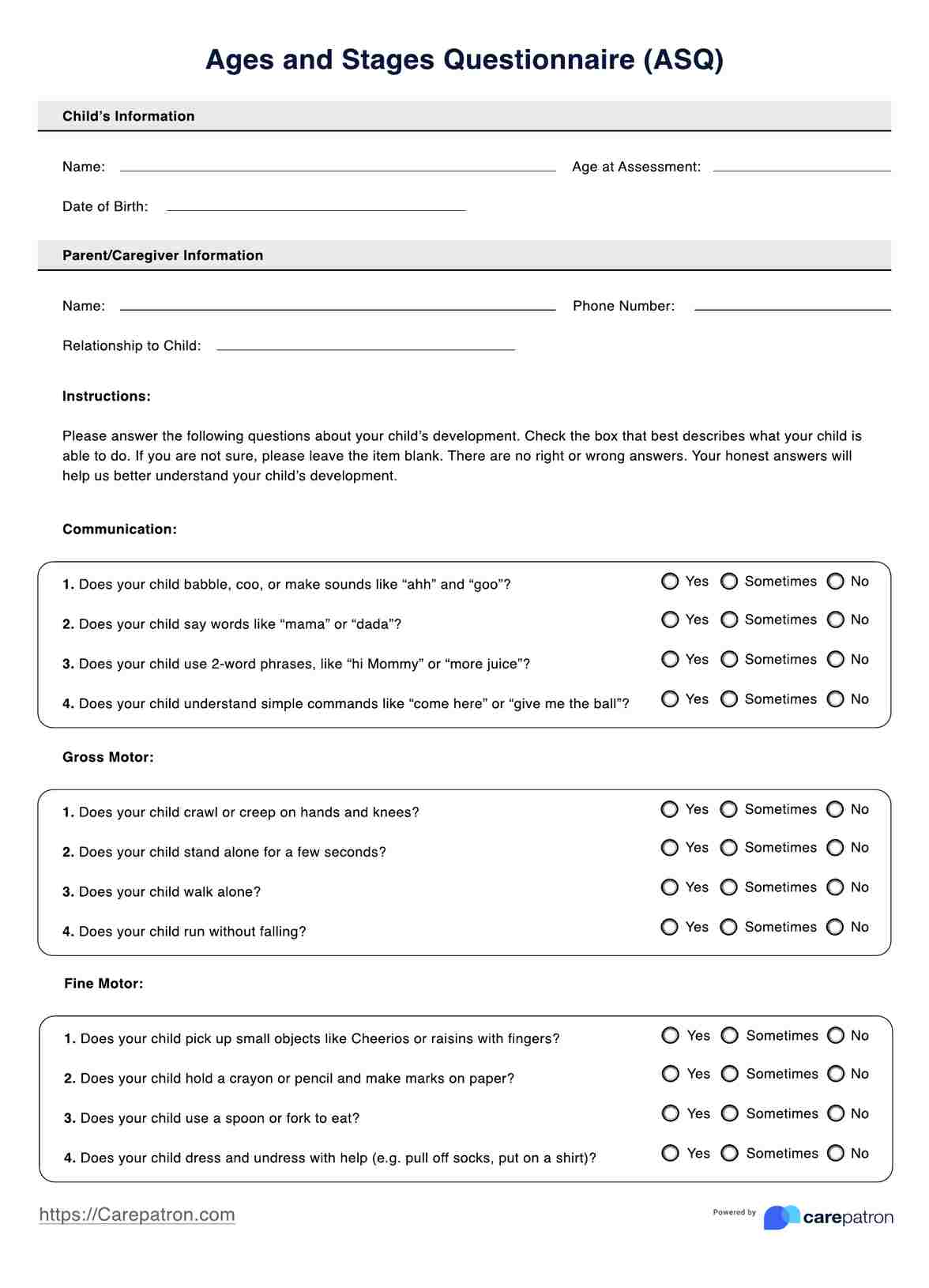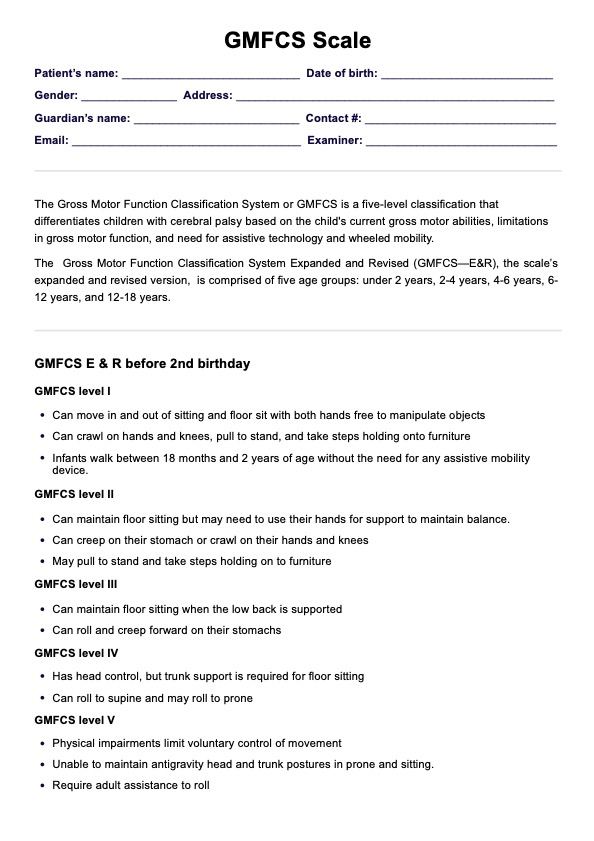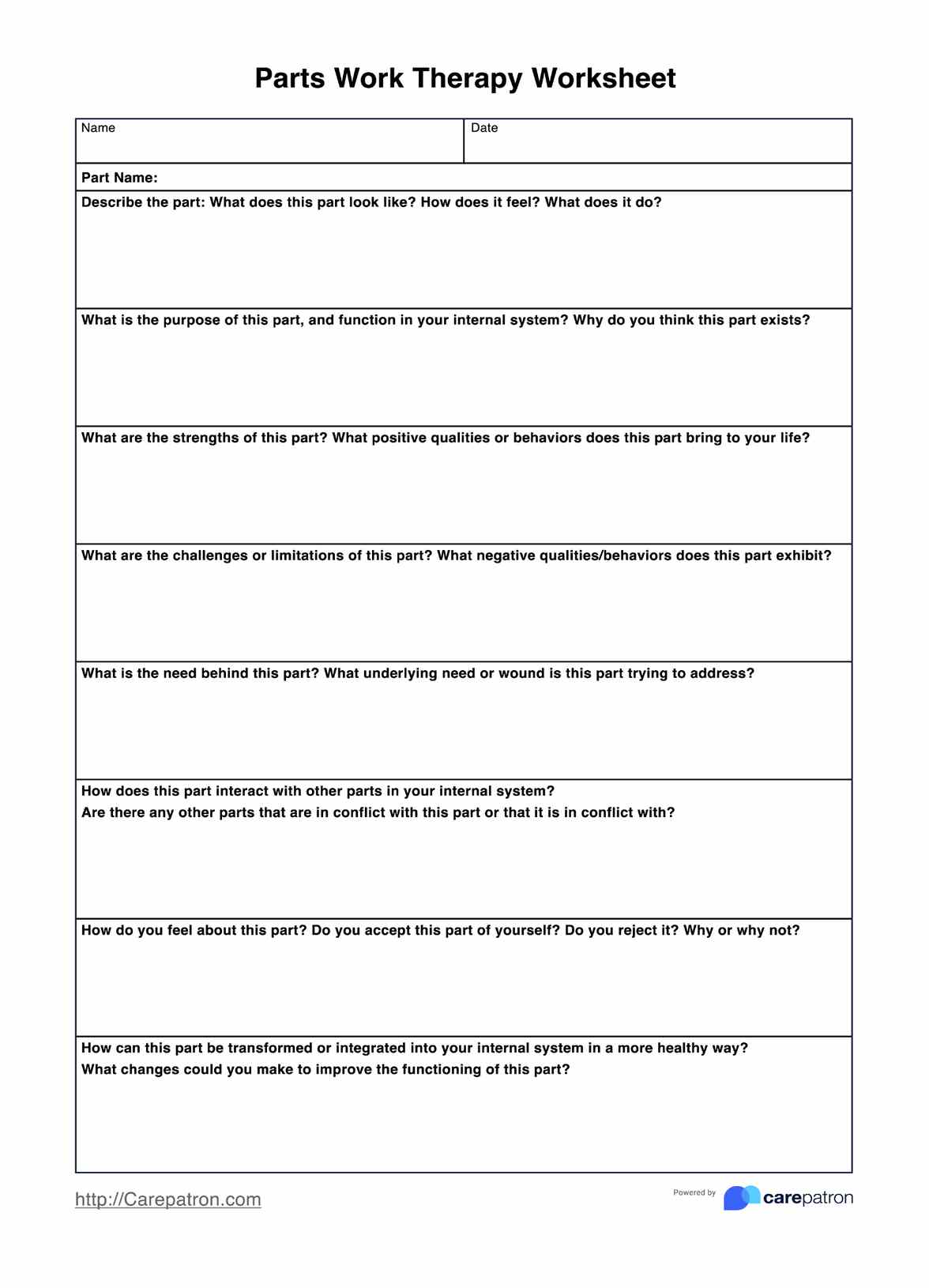Clinically Useful Depression Outcome Scale (CUDOS)
Assess the severity of depressive symptoms with the Clinically Useful Depression Outcome Scale (CUDOS). You can download a free, PDF copy here.


What is Depression?
Depression is a serious medical illness that negatively affects how a person feels, thinks, and acts. It can lead to emotional and physical problems, causing a decrease in functioning and affecting important aspects of life.
is a mood disorder varying from mild to severe. The symptoms include:
- Having a depressed mood, such as feeling sad, empty, or hopeless,
- Diminished interest or pleasure in activities once enjoyed
- Significant weight loss when not dieting or weight gain, or can also be in the form of a decrease or increase in appetite
- Difficulty sleeping or sleeping too much
- Feeling restless or moving around a lot (e.g., cannot sit still, pacing, handwringing), or moving or speaking too slowly
- Fatigue or loss of energy
- Feeling worthless or guilty
- Difficulty thinking, concentrating, or being indecisive
- Recurrent thoughts of death, suicide ideation without a specific plan, or a suicide attempt or a specific plan for committing suicide
Strict criteria are used to diagnose depression. Five or more symptoms must be present and experienced most of the day and nearly every day for two weeks. Suicide ideation and weight gain or loss are an exception to this criterion. A symptom must also either be newly present or worsened compared to the person’s pre-episodes.
Moreover, these symptoms must be accompanied by impairments in social, occupational, or other important areas of functioning. For some individuals with milder symptoms, functioning may appear normal but requires increased effort.
Depression is one of the most common psychological issues affecting populations across the globe. An important reminder is to never self-diagnose; when symptoms are felt or observed, it is best to reach out to mental health professionals for guidance.
Looking for other relevant assessments? Check out the video below:
Clinically Useful Depression Outcome Scale (CUDOS) Template
Clinically Useful Depression Outcome Scale (CUDOS) Example
How to use the Clinically Useful Depression Outcome Scale (CUDOS):
The Clinically Useful Depression Outcome Scale (CUDOS) is a brief, quickly scored, self-administered scale used to assess depressive symptoms developed by Zimmerman and colleagues (2008). It incorporates 18 items covering the depressive symptoms outlined in the Diagnostics and Statistical Manual of Mental Disorders, Fourth Edition (DSM-IV). It is an easy-to-use and time-efficient tool.
Here are the steps on how to use CUDOS:
- Familiarize yourself with the tool
Secure a copy of CUDOS from the Carepatron website. Using your copy, skim through the tool to familiarize yourself with its structure. Carefully read and understand its purpose and instructions.
- Understand the Scoring
Understanding the scoring is vital in ensuring correct results and accurate interpretation. CUDOS employs a 5-point frequency scale—from 0 to 4—in assessing depressive symptoms and their impacts on the individual's functioning. Each point has a corresponding meaning.
- Complete the Tool
Fill out the information the tool requires, such as your name and the assessment date. Proceed to answer the items. Make sure to read and understand the items before circling the corresponding frequency. Recall the past week, including the assessment day, and circle the answer clearly describing how often you experience the symptoms stated on the items. Review your answers and make sure you have filled out all the items.
- Interpret
CUDOS provides an easy guideline for interpretation. It uses a score range with corresponding depression severity. A score ranging from 0–10 indicates “non-depressed,” 11–20 indicates “minimal depression,” 21–30 indicates “mild depression,” 31–45 indicates “moderate depression,” and a score of 46 and above score means severe depression.
If your score indicates a risk for depression, it is best to reach out to mental health professionals for guidance.
When would you use this Clinically Useful Depression Outcome Scale (CUDOS)?
Clinically Useful Depression Outcome Scale (CUDOS) is used by psychologists, counselors, therapists, physicians, researchers, and other relevant professionals. It can be utilized in clinical and research settings to help clinicians and researchers better understand an individual’s depressive symptoms and severity. Here are some key scenarios when you would consider using CUDOS:
- Initial Screening and Diagnosis
Mental health professionals employ CUDOS to identify individuals at risk of depression. It is also administered as part of a comprehensive assessment for individuals who seek help for depression. It helps mental health practitioners gauge the severity of depressive symptoms and provides a baseline for tracking changes over time.
CUDOS provides valuable insights that guide mental health practitioners in developing treatment programs for individuals with higher risks for depression. This is vital in tailoring treatment programs that match the individual's needs.
- Progress Monitoring
This tool can be administered throughout the treatment program to monitor an individual’s program. It can be used to check if the treatment program works and provides a basis for changes or improvements.
- Program Evaluation
This tool can evaluate community intervention programs, mental health programs, and public health initiatives to address depression. Policy-makers and advocates can gauge the impact of these programs and can make necessary changes for better results.
- Research Studies
Researchers can use this tool to conduct clinical trials or studies on treatments to address depression. It can be employed in a large-scale study to assess the effectiveness of programs for depression.
The administration of CUDOS requires training and familiarity. The specific scenarios for using CUDOS may vary depending on several factors, such as the individual’s needs, clinical or research contexts, and the goals of assessment or treatment.
What are the benefits of using this Clinically Useful Depression Outcome Scale (CUDOS)?
CUDOS offers numerous benefits. Here are some of them:
1. Accessible
Clinically Useful Depression Outcome Scale (CUDOS) is a free resource that can be accessed from the Carepatron website and other sites. It is accessible to individuals interested in gaining valuable information about depression.
2. Cost-effective
As a self-report scale, Zimmerman et al. (2008) described CUDOS as a cost-effective option because it is inexpensive regarding the professional time needed in the administration.
3. Robust Psychometric Properties
Extensive research has assessed the psychometric properties of CUDOS.
In the pioneering investigation of Zimmerman et al. (2008), using more than 1400 psychometric outpatients, the scale was found to have high internal consistency and test-retest reliability. It was highly correlated with other measures of depression and related disorders, supporting the convergent and discriminant validity of the scale.
In a more recent study, Zimmerman et al. (2018) evaluated the reliability and validity of CUDOS in assessing depressive symptoms daily. It revealed that CUDOS has high validity and reliability in assessing depressive symptoms over a short interval.
These studies demonstrate the robust psychometric properties of the scale.
4. Sensitive to Change
The investigations by Zimmerman et al. (2008) and Zimmerman et al. (2018) demonstrate CUDOS’ capability to detect meaningful changes in depressive symptoms over time. It can capture subtle differences in symptoms in different intervals, whether weeks or daily.
5. Adaptability
CUDOS can be adapted to match different populations. CUDOS was translated into different languages, including Korean (Jeon et al., 2017), Spanish (Trujols et al., 2013), and Chinese (Zhong et al., 2023). Each version has good reliability and validity, demonstrating the scale’s ability to be modified to suit different contexts, populations, or purposes without compromising its ability to assess the severity of depressive symptoms accurately.
Commonly asked questions
The Clinically Useful Depression Outcome Scale (CUDOS) was designed to be brief, can usually be completed within 3 minutes, and can typically be scored within 15 seconds. However, it is important to note that the time to accomplish CUDOS varies depending on several factors, including the individual’s reading ability and comprehension.
The Clinically Useful Depression Outcome Scale (CUDOS) is easy to interpret. It uses a score range with corresponding depression severity. A score ranging from 0–10 indicates “non-depressed,” 11–20 indicates “minimal depression,” 21–30 indicates “mild depression,” 31–45 indicates “moderate depression,” and a score of 46 and above score means severe depression.
The Clinically Useful Depression Outcome Scale (CUDOS) is used by psychologists, counselors, therapists, physicians, researchers, and other relevant professionals. The administration of CUDOS required training and familiarity. However, although it is a professional tool, patients can also use this for self-monitoring.


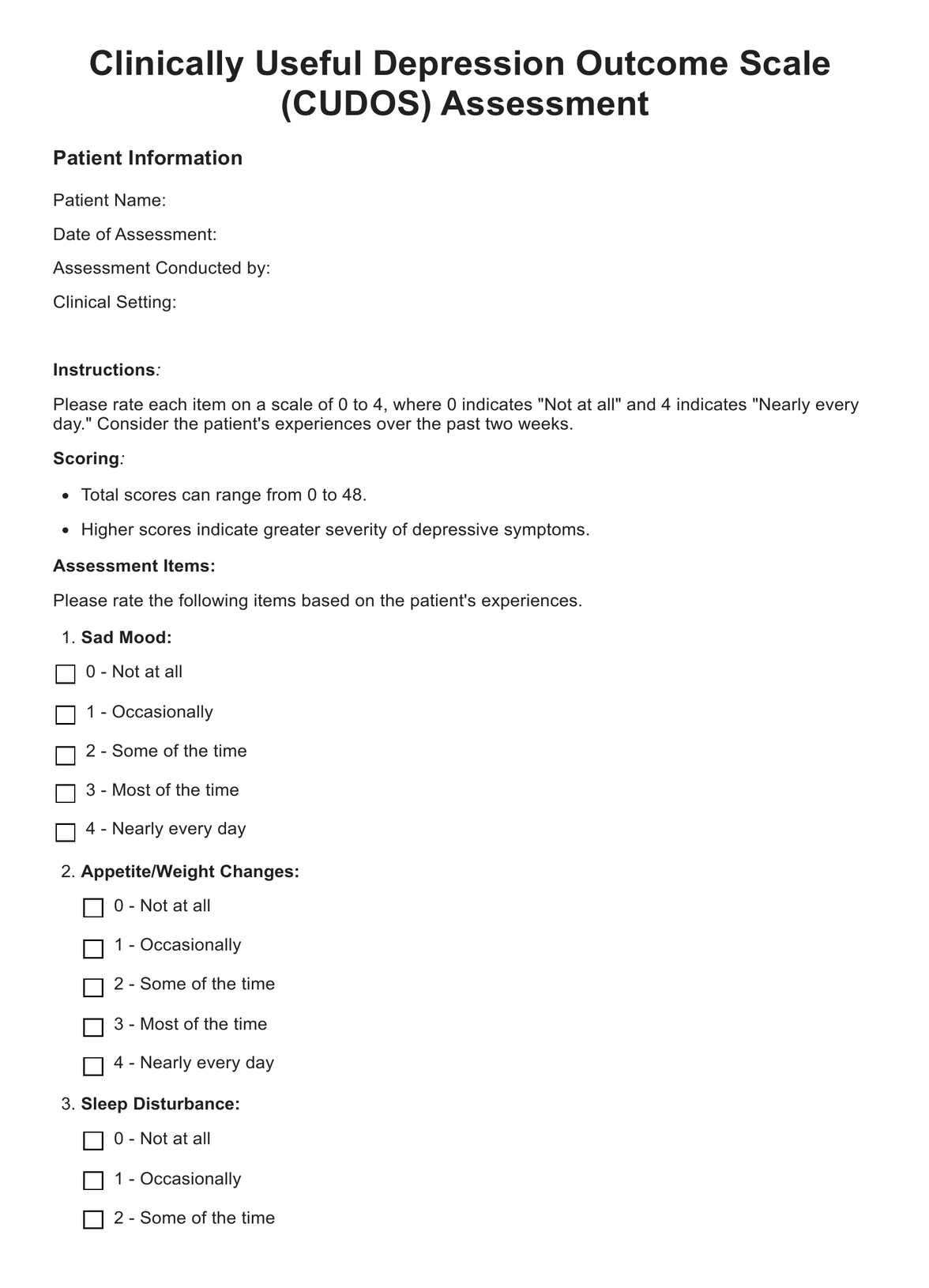
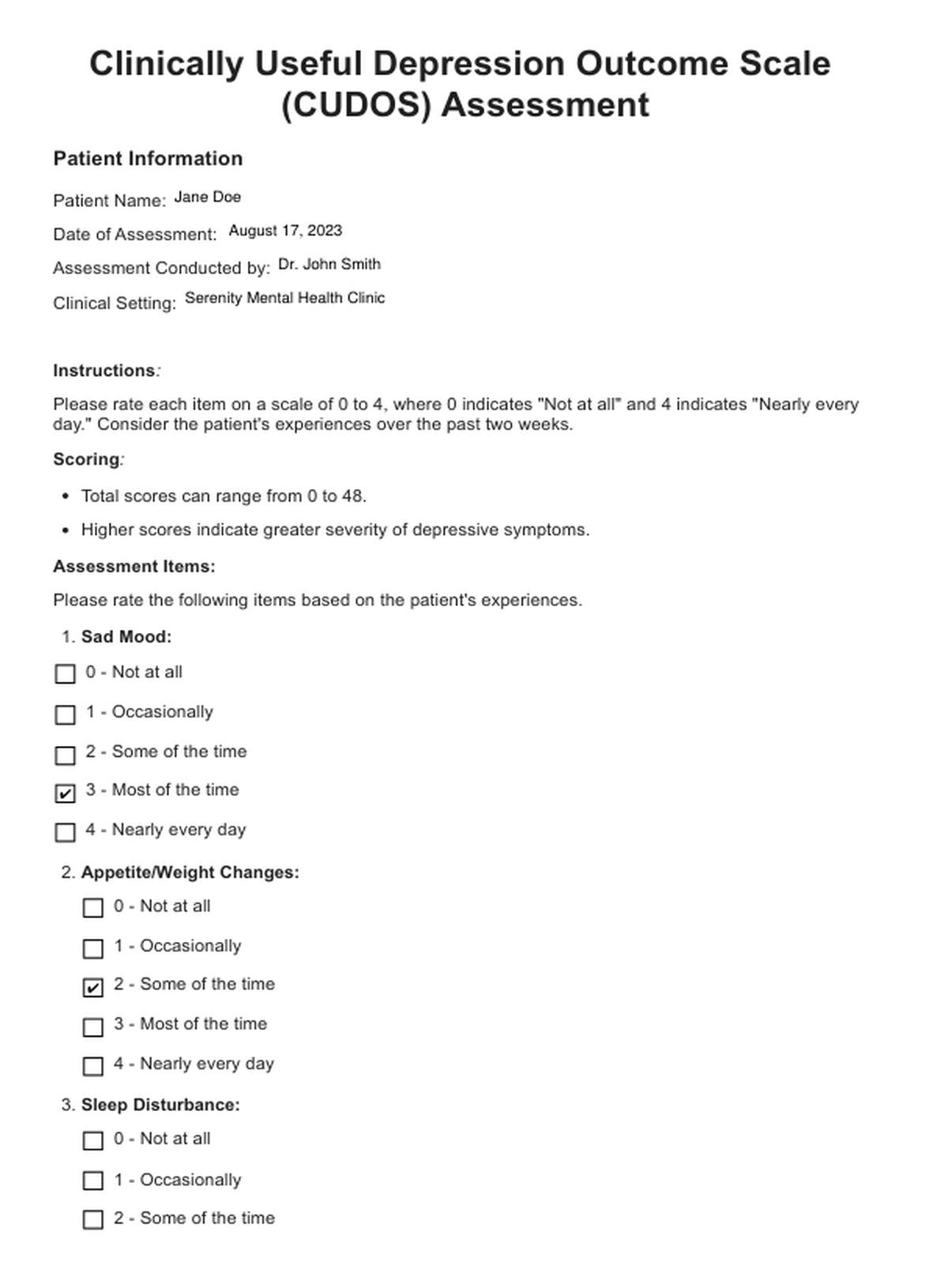














-template.jpg)






















































































